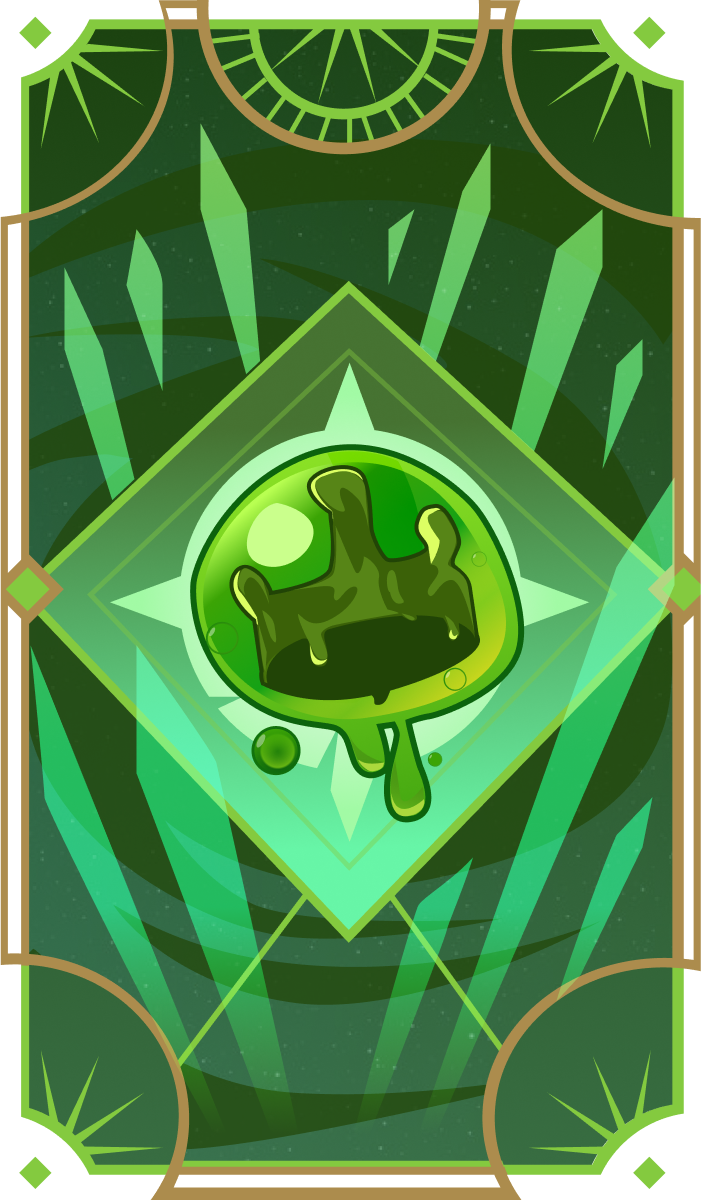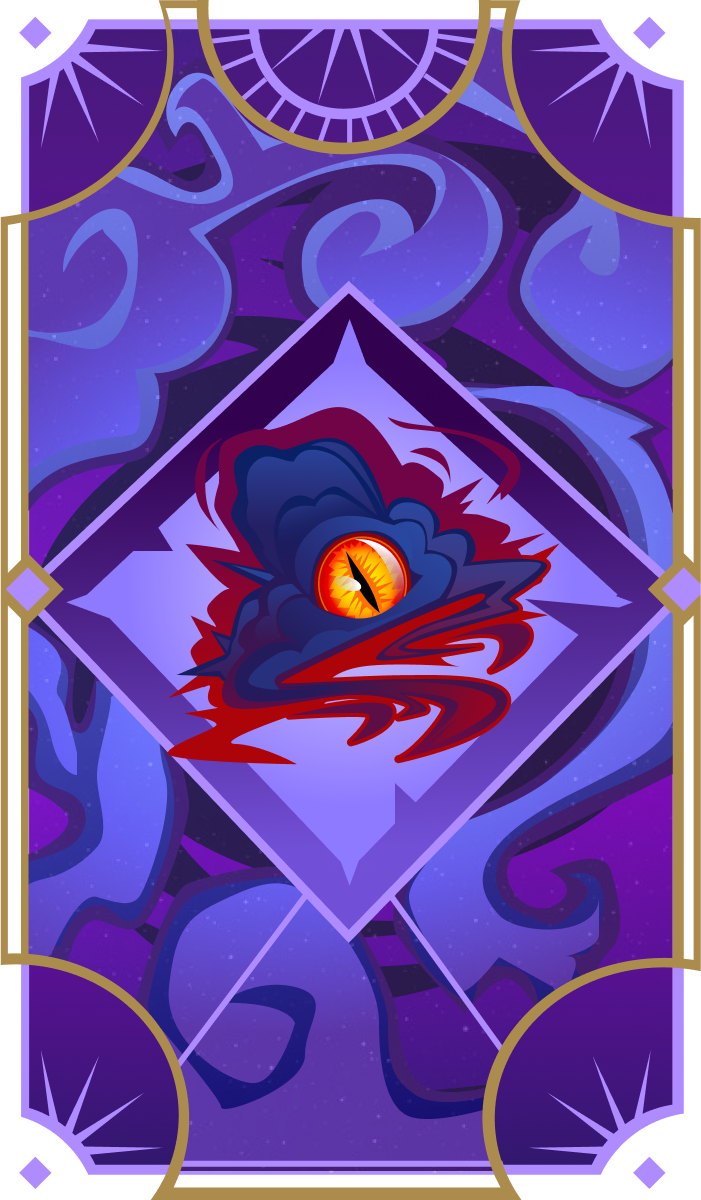Hello friends!
We’ve talked about our heroes and why they bring something new to the survival genre, and how we reimagined our worlds to make the game better with friends, but we haven’t talked about some of the changes we’ve had to make to adapt to those big swings. When so many survival crafting worlds last dozens or hundreds of hours, condensing that down has fallout. Adding heroes and letting players be more capable right from the start is compelling, but also needs some surprises to ensure players always have something to adapt to.
This leads us to one of the adjustments we’ve made in order to adapt to the problems that we made for ourselves. I thought it’d be fun to talk through this as a peek into some of our design process.
Our design choices had created a fairly obvious problem. Worlds are shorter, so the standard progression of “find rocks, build rock stuff, then knock down trees, make wood stuff, etc.” can feel repetitive. This can be OK for the first world or two, but by world number five, this sort of linear system gets too predictable. Outside of optimization to try to go faster and faster, there’s not much to look forward to. We knew our procedural world building would help a little, but not enough on its own.
To address this we’ve focused on a few different approaches:
Worlds have to change the progression of crafting and building
Crafting solves problems rather than introducing linear progression
We’ve introduced Relics, or concentrated roguelike power-ups
Each of these could (and should) get their own write up, but today, let’s focus on Relics. Relics ensure that players grow substantially more powerful and can take on new challenges in each world. Unlike most survival games, this isn’t accomplished purely through crafting. Relics are rewards for things like exploring dungeons, finding hidden treasures in the world, and defending the base from hordes of monsters.
Unlike crafting a new sword or upgrading your armor, Relics are rarely as simple as increasing your attack damage or giving you a few hit points. Relics are more likely to give your hero whole new effects, adding poison or lightning to your attacks, or changing how your hero feels about being set on fire. Relics also help with more than combat, improving movement, jumping, treasure detection, and all sorts of actions that are important to explorers and builders, as well as fighters.
Perhaps most importantly, Keystone Relics often change a fundamental way your character works, and serve as a new central point for other relics to build around.
Goo God lets players collect slime from enemies, and each stack of slime in the player’s inventory increases their size and damage. Being made of goo also greatly reduces fall damage. This keystone can have even the most chill builder player seeking out a ton of fights, building their hero up into an unstoppable juggernaut, and joining fighters on the front line.
Malefic Sky was built to enable the poison builds. It grants players poison damage on their aerial attacks, and multiplies all poison damage the hero inflicts. These two effects can dramatically change how a hero approaches combat. Each hero has different attacks with the Aerial keyword, and all of them just became a whole lot more powerful. Using your aerial attacks more might enhance your normal playstyle, but for many, would mean using different attacks as your primary ways of dealing with enemies. Improving all your poison can make all other poison and status effect relics much more interesting as well, giving players incentives to change up their whole relic build for the current world.
Relics ensure that every world feels different, and even if you stick to a favorite hero or two, each world has a few new ways for you to enjoy them.
If you’d like to chat about relics, and maybe see a few more Keystone sneak previews, come join us on our Discord!
We’ve also fired up a new account on Bluesky. We’d love to see you there!
Thanks for your attention,
Jo




